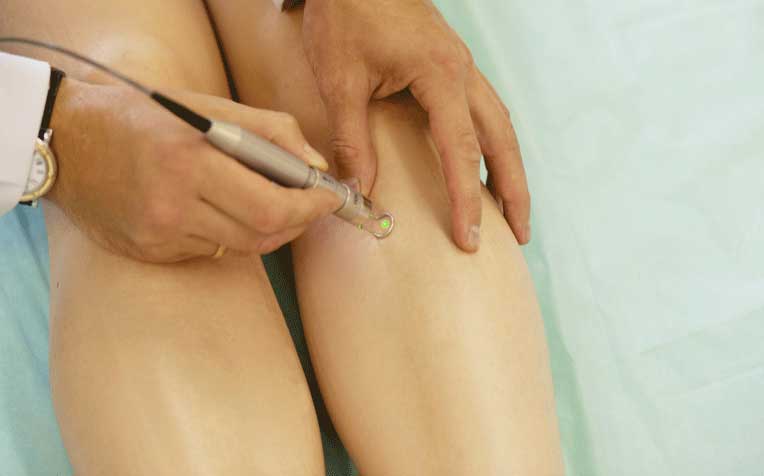
Varicose veins is treated by radiofrequenct ablation or Clarivein.
New varicose veins treatment methods are faster and less painful
If you suffer from varicose veins – twisted, swollen, enlarged veins commonly found in the legs and feet – there is good news for you. New treatment methods are available in Singapore for this condition, caused by weak valves in the veins which let the blood flow backwards, instead of towards the heart.
Varicose veins typically occur because of age, or because of changes in blood circulation during pregnancy and are more common in patients with a family history. The veins in the legs and feet are commonly affected because of the increased pressure on them from walking and standing.
The new varicose veins treatment methods – radiofrequency ablation (Venefit) and Clarivein ablation – have a high cure rate and leave minimal scarring. Additionally, they take less time and produce less pain and discomfort than earlier procedures. The patient can return to normal physical activity within a few hours after treatment.
Both radiofrequency ablation (Venefit) and Clarivein ablation are being used successfully by vascular surgeons at Singapore General Hospital (SGH), a member of the SingHealth group. The recurrence rate of varicose veins after Venefit radiofrequency treatment is less than 5 per cent after two years. For Clarivein, the recurrence rate is less than 5 per cent after one year.
“These two endovenous modalities of treatment have been used on patients with varicose veins with good results,” says Dr Chong Tze Tec, Head and Senior Consultant, Department of Vascular Surgery, Singapore General Hospital (SGH), a member of the SingHealth group. “If recurrence does occur, the veins can be treated again with either Venefit or open surgery,” he adds.
Large-scale studies have compared Venefit radiofrequency ablation to the older laser therapies. Results have shown that Venefit has much less post-surgery discomfort and pain, and patients can return to normal physical activity in a shorter time. The Venefit procedure is carried out as a day surgery and uses a light general anaesthesia or local anaesthesia with light sedation. Patients are discharged after six hours, and are able to walk home comfortably.
How do radiofrequency ablation and Clarivein work
Radiofrequency ablation technology helps close off saphenous veins – veins found near the surface of the skin in the leg – which are engorged or congested with blood. These engorged superficial veins are the source of varicose veins.
This treatment method uses a long catheter that is inserted through a small 1 mm skin incision into the vein under ultrasound guidance. A mixture of saline and local anaesthetic solution is injected around the saphenous vein to compress it against the catheter. Heat transfer is then used to close off the vein thus preventing backflow, and curing the problem.
“The result is cosmetically pleasing, with minimal scarring and most procedures take less than an hour,” says Dr Chong.
Similarly, in Clarivein ablation, a 0.5 mm skin incision is made and with ultrasound guidance, a rotating catheter is inserted into the saphenous vein. After an injection of liquid sclerosant, the saphenous vein is closed off. Since this procedure does not use heat or laser technology, there is no need to inject fluid around the vein during treatment.
“The Clarivein procedure can be performed purely under a local anaesthetic on a small area of skin, in a procedure room,” says Dr Chong. “Patients report a ticklish sensation during the procedure with minimal pain or discomfort. Patients are discharged the same morning after a short post-procedural rest period.”
Click on Page 2 for the risks and side effects of varicose veins treatments
Ref: Q15
Contributed by

















 Get it on Google Play
Get it on Google Play